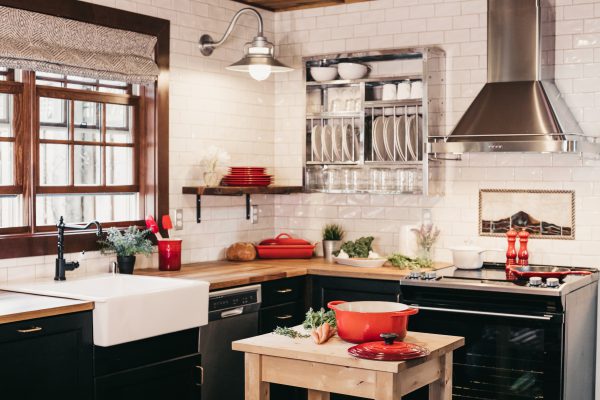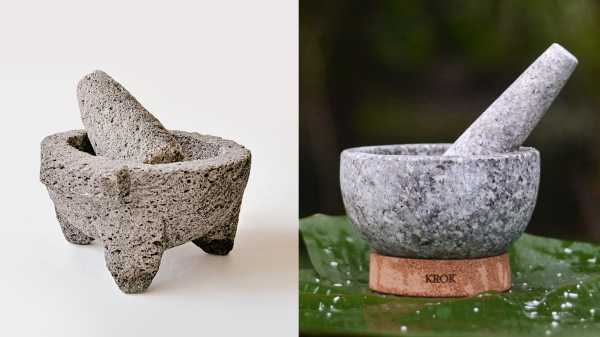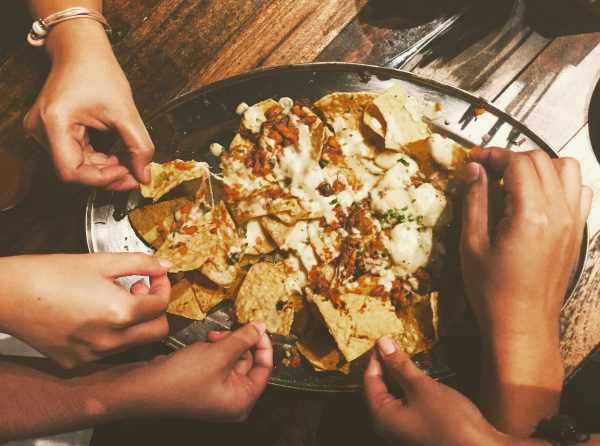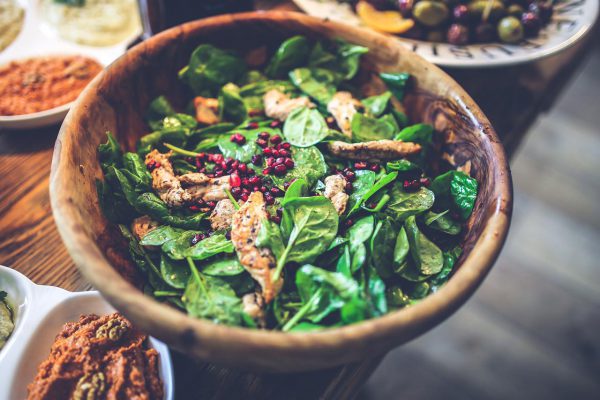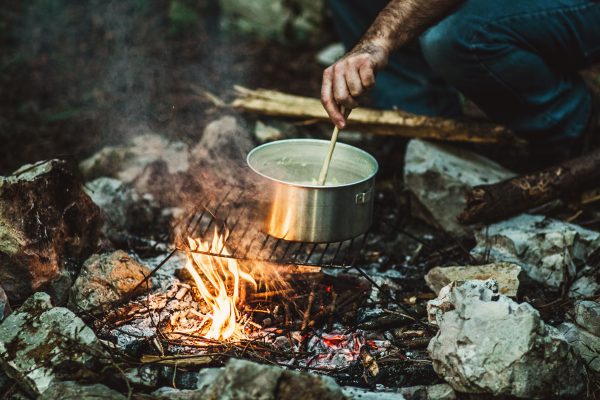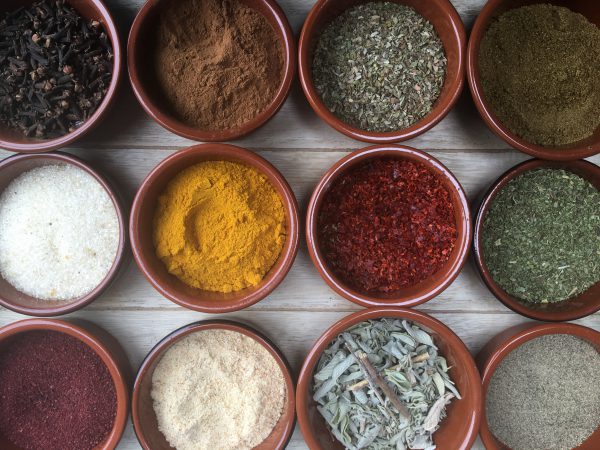Last Updated on September 26, 2022
Rice is a simple and affordable ingredient. If you don’t regularly enjoy some fluffy or sticky rice already, read along. Once you learn the dos and don’ts of cooking rice, it’ll easily be your go-to side dish for your curries and meat dishes. And if you’re a rice lover already, this article will teach you how to cook rice and the most common techniques for cooking rice to perfection.
The Mathematics of Cooking Rice
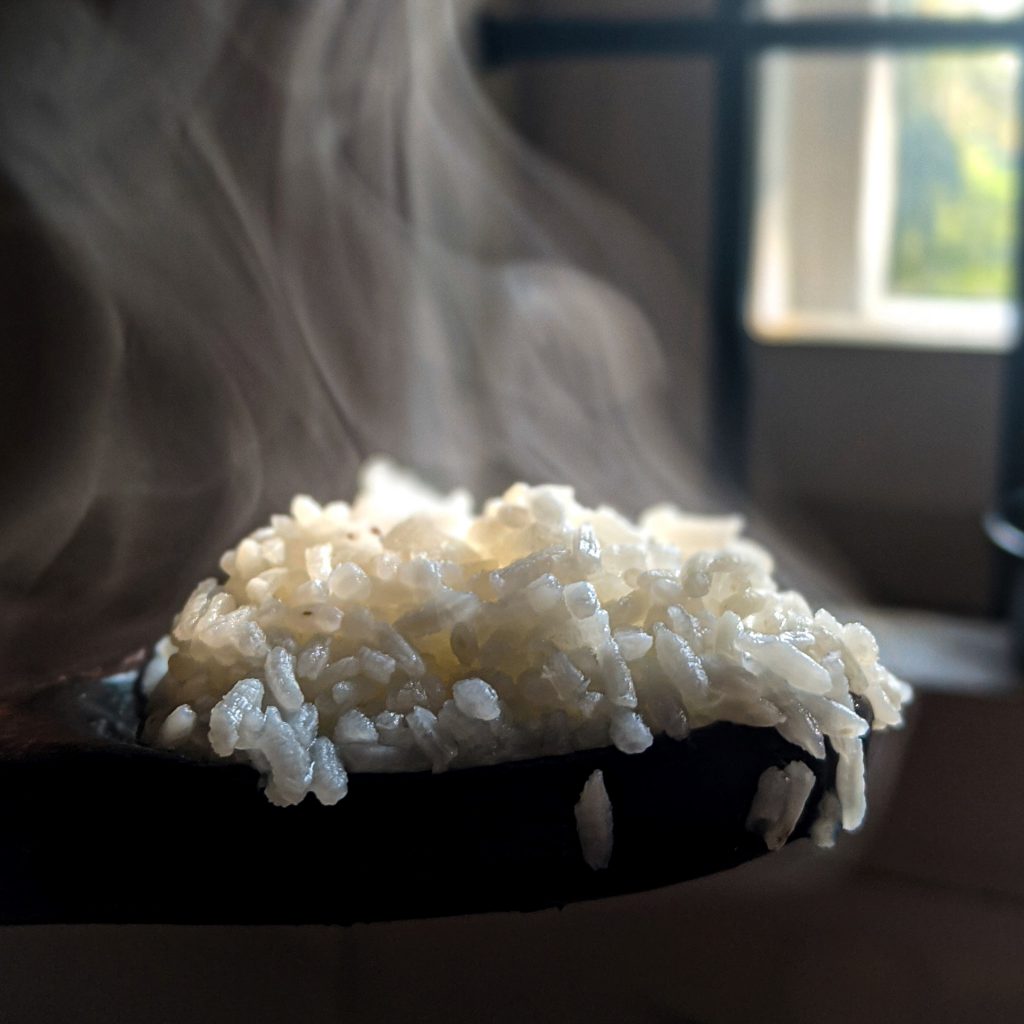
There are two fundamental variables for cooking the perfect rice: even heat and the right water-to-rice ratio. But the right water to rice ratio changes from chef to chef and blog to blog. Sometimes it’s 1 cup of rice to 1 cup of water, sometimes it’s 1 cup of rice to 2 cups of water. We’re here to reveal the mystery behind this inconsistency.
Almost all everyday recipes are scalable. If you double the amount of the ingredients that go in, you’ll double the outcome. But if you try that with rice, you’ll see that it will get mushy and sticky pretty quickly.
Typically, when cooking rice in a pot over your stove top, the ratio that works is 1 cup of rice to 2 cups of water. But here’s a fun fact: rice absorbs water in a one-to-one ratio, regardless of the type. That means 1 cup of water is enough to fully hydrate 1 cup of rice.
Then what’s the point of the excess water in most rice recipes? It’s there to evaporate. When you cook with 1 cup of rice and 1.5 cups of water, the 0.5 cups of water evaporates during the cooking process. But when you double the amounts, you end up with too much water.
Types of Rice and Cooking Techniques
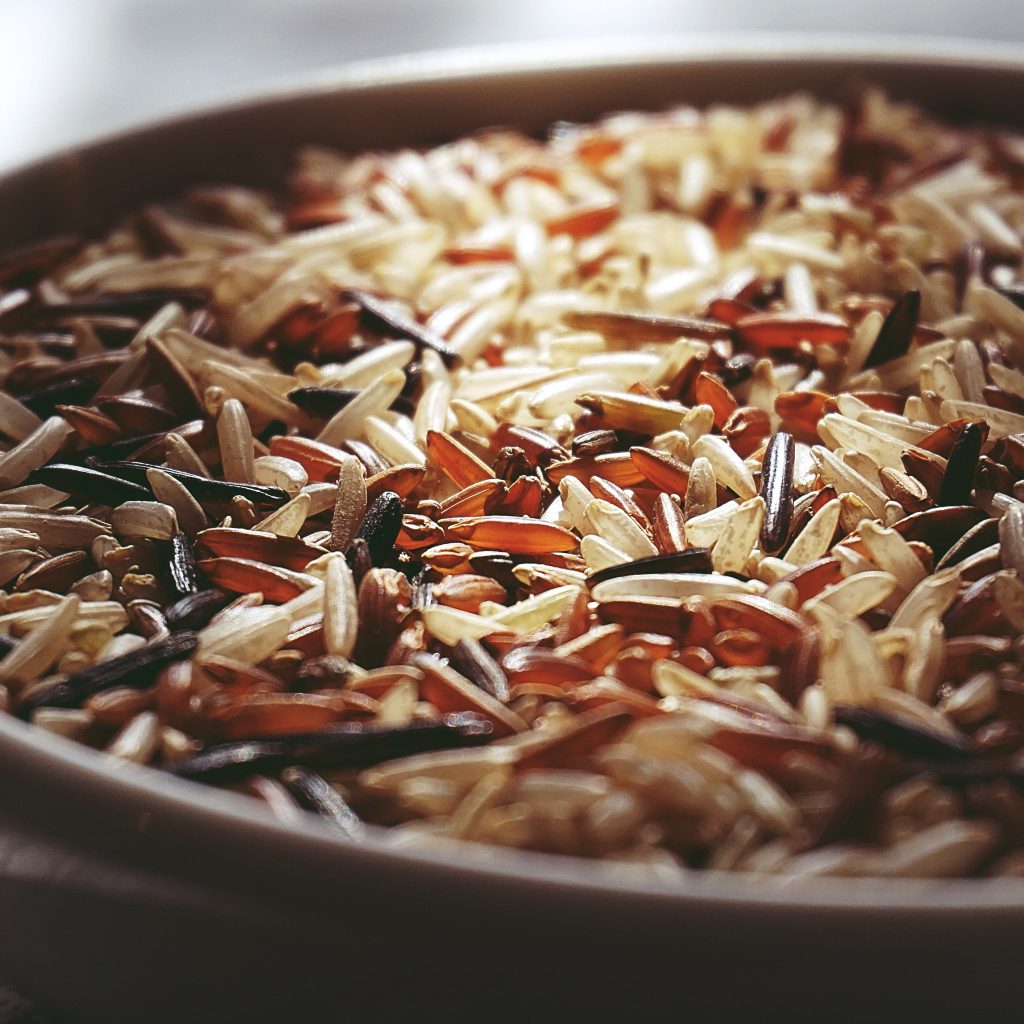
The many different types of rice may confuse you. Short grain, medium grain, long-grain, white rice, brown rice, red rice, black rice, arborio, jasmine, basmati – you name it. But the good news is, the cooking techniques are pretty similar for all of them
Some types of rice are best cooked in a specific way. For example, rice with high starch content, such as arborio, carnaroli, or jasmine is best for making sticky rice or risotto. The former has to be steamed, while the latter requires constant stirring on the stovetop with other ingredients.
On the other hand, rice with low starch content makes a really good pilaf. For this, you saute the rice with olive oil or butter and other ingredients, such as onions and veggies, before you add the water and let it cook.
Brown rice is best cooked with the pasta method. You add the rice into a pot of boiling water and cook it without a lid. When the grains are tender enough, you drain the excess water.
Rice Cooking Equipments
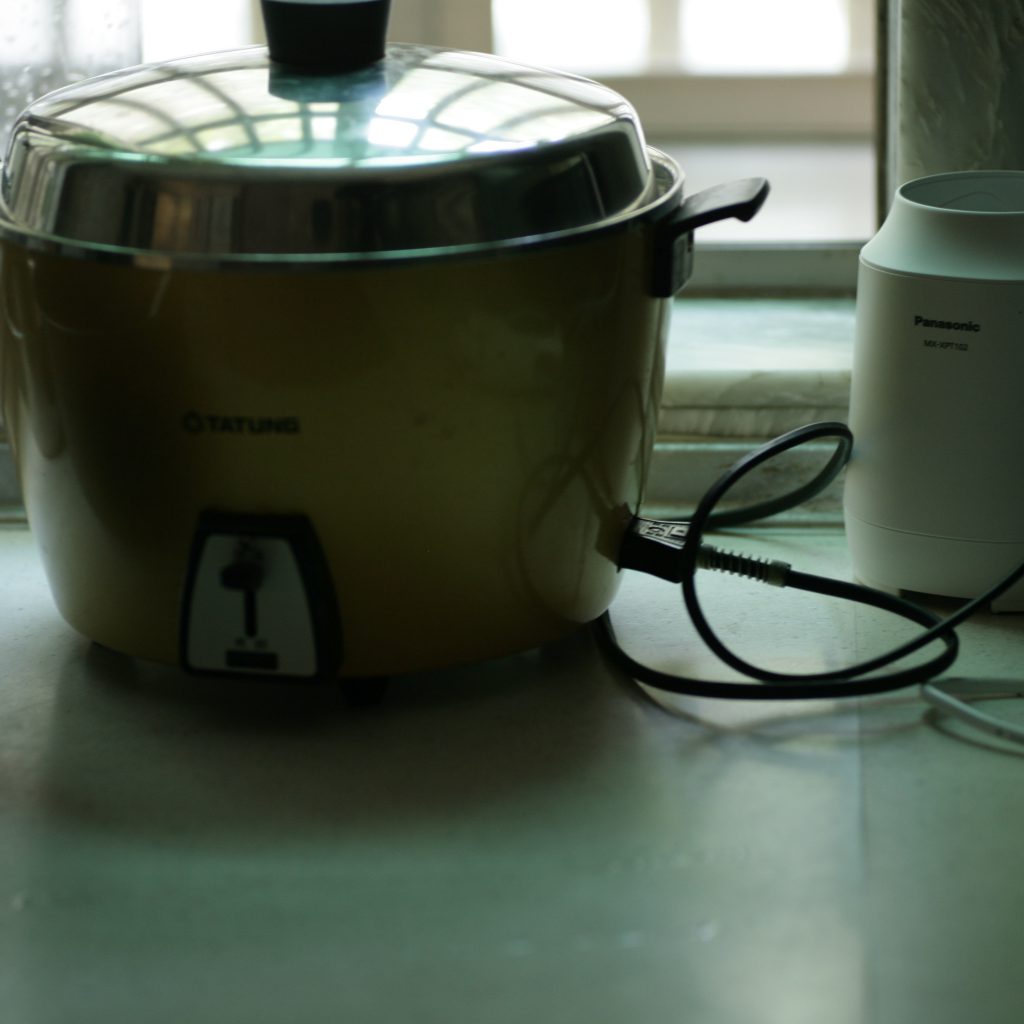
You can cook rice in a regular pot on your stovetop, for sure — which we’ll come to in a minute. But other methods can make the process fool-proof or add an authentic touch. Here are the most common tools you can use to make some delicious rice.
1. How to Cook Rice in a Rice Cooker
You can prepare elegant, well-cooked fluffy rice by calculating the right rice to water ratio and the right amount of cooking time. Understandably, not a lot of people love to do math at dinner time. If you’re one of them, you can reach for an electric rice cooker.
Rice cookers work so well because their designers know exactly how much water is going to evaporate based on the size of the vents and the cooking program. So if you follow the measurements on the rice cooker, you won’t be disappointed.
Rice cookers also have a thermometer at the bottom of the cooking insert, so they know exactly when to stop cooking. Rice cookers keep going until the temperature reaches the boiling point of water. Once all the water has been absorbed or evaporated, the temperature rises above 100C, and the cooker switches over to a “Keep Warm” setting.
It’s an elegant design that works wonders every time. So if you have a rice cooker or would like to get one for your peace of mind when cooking rice for a crowded dinner party, by all means, go for it. But keep in mind that you can learn from what a rice cooker does and implement it in your rice cooking technique.
2. How to Cook Rice in a Thai Bamboo Rice Basket
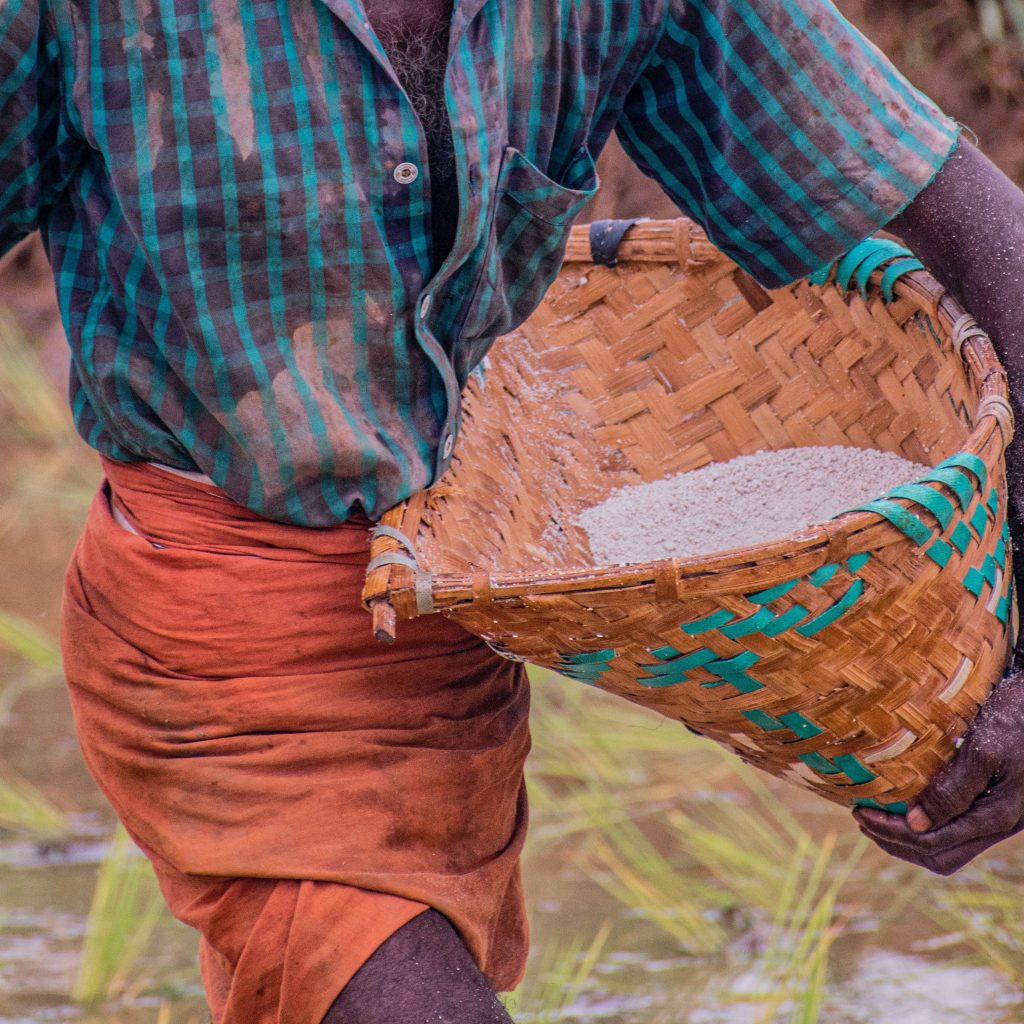
Asian cuisine is full of authentic recipes that give rice dishes the respect they deserve, and cooking with traditional tools can help you get amazing results. They even have special equipment for cooking their authentic foods.
For example, Thai cooks have been using a conical bamboo basket to steam rice for thousands of years — along with other tools that are used to make some really authentic recipes.
Bamboo baskets are great for preparing sticky rice, also known as glutinous rice — though it doesn’t contain gluten — or sweet rice. This type of rice is very popular in Japan, China, Laos, Thailand, and India. As the name suggests, it has a sticky, glue-like texture, so you can eat it with chopsticks.
At the Asian store, look for a bag of rice that’s labeled glutinous rice or sweet rice. Alternatively, you can also use jasmine rice. While you’re there, you can get a bottle of soy sauce to top your Asian sticky rice and vegetable stir-fries for a quick, wholesome meal.
Now let’s get back to cooking the rice! Since the glutinous rice is very starchy, it’ll get too mushy when boiled. Therefore, rather than putting it directly into boiling water, you need to cook it with the steam from the water. Bamboo baskets allow you to do just that.
To make sticky rice in a bamboo basket, rinse and soak the rice in warm water for at least 30 minutes. Then place the rice evenly on the basket and place the basket over an appropriate pot, cover the lid, and steam it for 10 minutes. Then move the rice to a regular pot and add a little bit of boiling water to soak the rice once more. The goal isn’t to cook it all the way but to loosen up the rice.
At this stage, the rice should be al dente with a nice bite to it. If your rice has the right chewiness, but there’s still water in the pot, drain the excess water before moving the rice back into the basket. Then steam the rice for another 8 to 10 minutes, and you’re done!
3.How to Cook Rice in a Bamboo Steamer
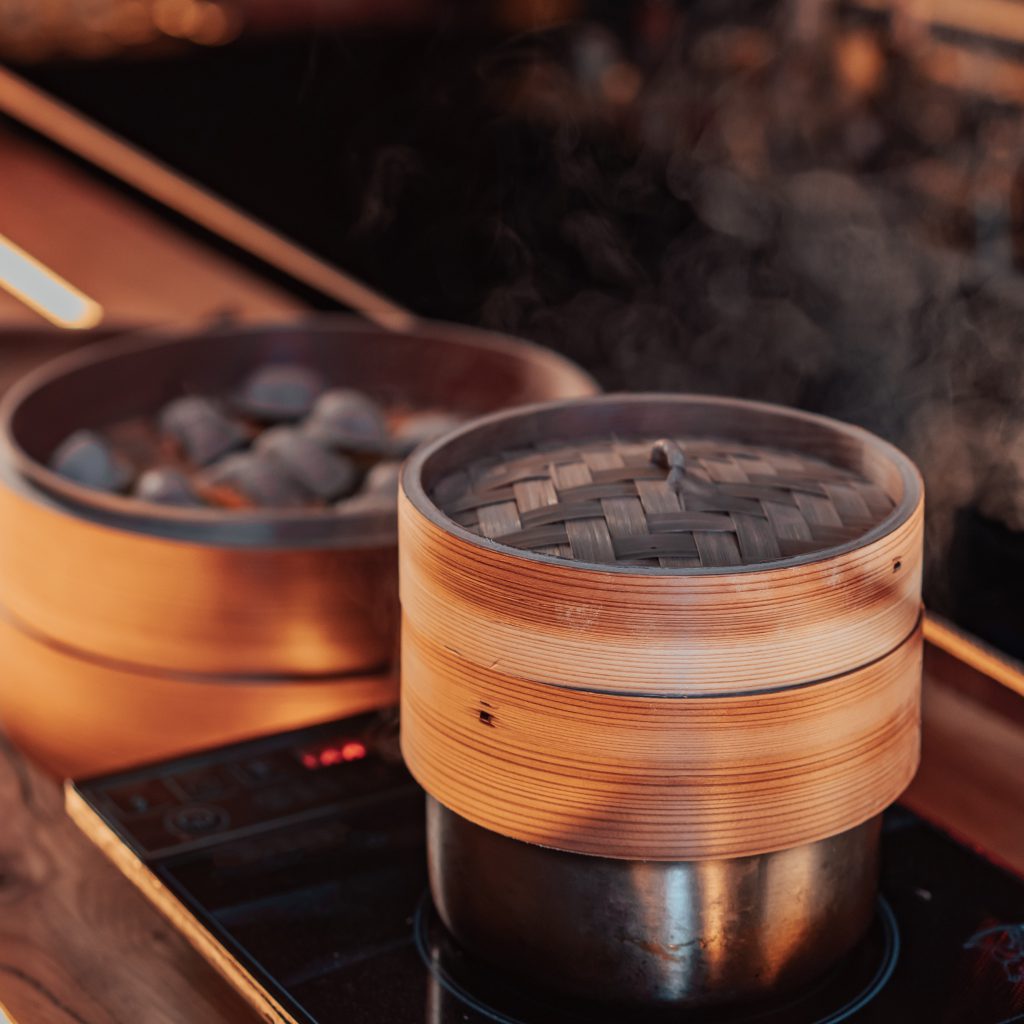
Bamboo steamers have been used by Asian cooks for thousands of years, as rice has always been a staple food in these countries. Simply check out this article on the numerous ways of eating rice in Japan, and you’ll see we have a point.
If you’re using a bamboo steamer, start by rinsing the rice a couple of times until the rinse water is clean. Then throw the rice in a bowl and cover it with tepid water to soak it for 12 to 24 hours. When you’re ready to cook the rice, line your steamer with cheesecloth, parchment paper — or any steamer liner with fine pores. Spread the rice evenly on the cloth, and you’re ready to steam.
Bring one inch of water in a wok or a saucepan to a full boil, reduce the heat to medium, and place your steamer above the pot. Steam the rice for 20 to 25 minutes, checking every 10 minutes and adding water if necessary until the rice is fully soft and sticky.
4. How to Cook Rice on a Stovetop

You can cook rice in almost any pot. But like we said before, the trick to making a perfectly fluffy plate of rice is the right amount of ingredients and even heat distribution. So, avoid aluminum and brass when cooking rice over the stovetop. Instead, go for a dutch oven or a stainless steel pot.
A cup of white rice cooks in about 15 minutes, depending on your pot, your stove, and the amount of rice. You need to take the rice off the stove when all the water is gone from the pot, so start checking after about 10 minutes of cooking.
Simply wash and drain the rice and transfer them to a pot. Add water to the pot as much as double the amount of the rice. Season with salt and cook for 15 to 20 minutes. This will give you the simplest form of rice dish.
If you’re doing the pilaf method, just saute the rice with some oil, herbs, and vegetables before you add the water to simmer them all together. And the rest is the same.
5. Bonus: How to Cook Rice in a Microwave

This one is for those who don’t have the fancy equipment or the time and patience. You can easily make a plate of rice in the microwave and save yourself from ordering unhealthy and expensive takeouts.
Use the ratio of 1 cup of rice to 2 cups of water. Microwave 5 minutes on full power and another 15 minutes at half power. Let it rest for 5 minutes, and you’re done!
Tips
Fluff the Rice
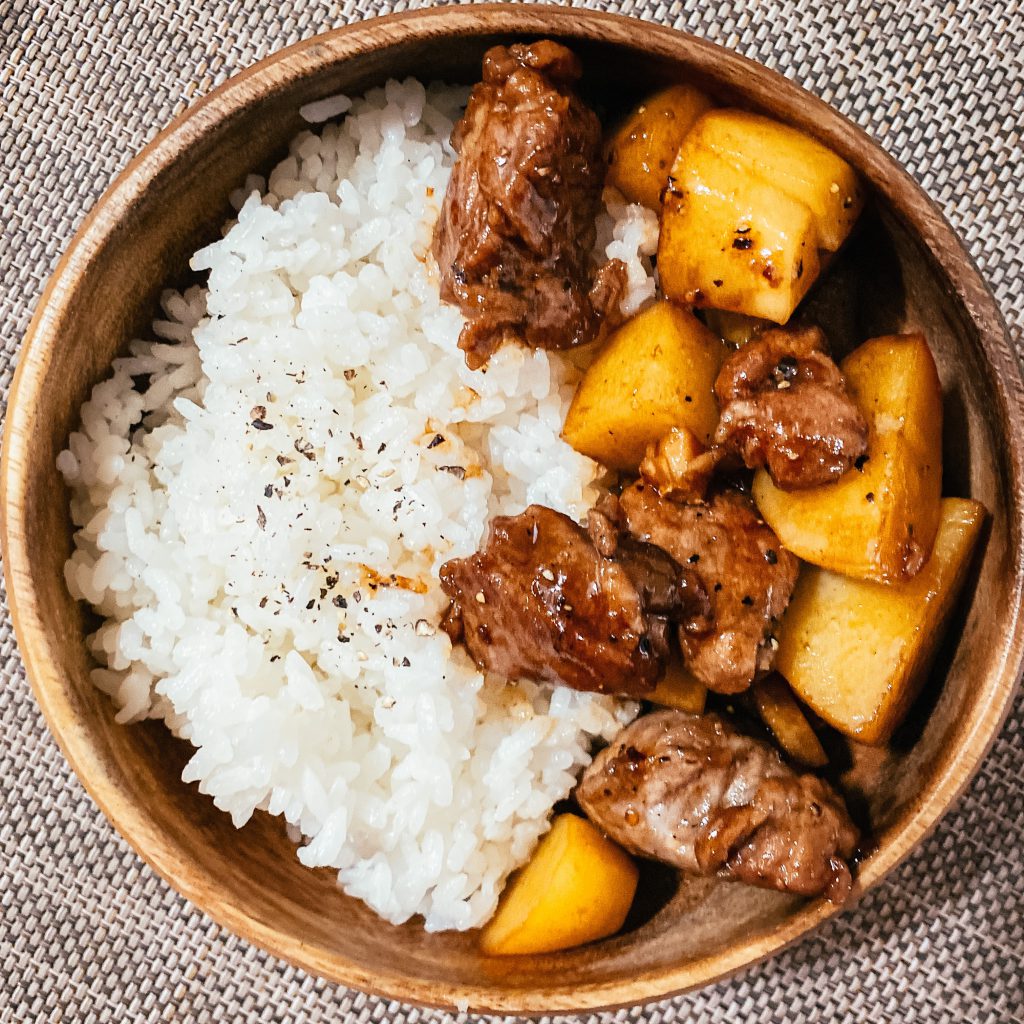
If you want fluffy rice that’s not bruised and mushed up, it’s important to fluff it delicately. All the East Asian chefs use a plastic rice fluffer of some sort, but you don’t necessarily need to invest in one to fluff your rice. Just wait until all the steam dissipates and gently separate the cooked grains with the help of some chopsticks or a fork.
First Knuckle Trick
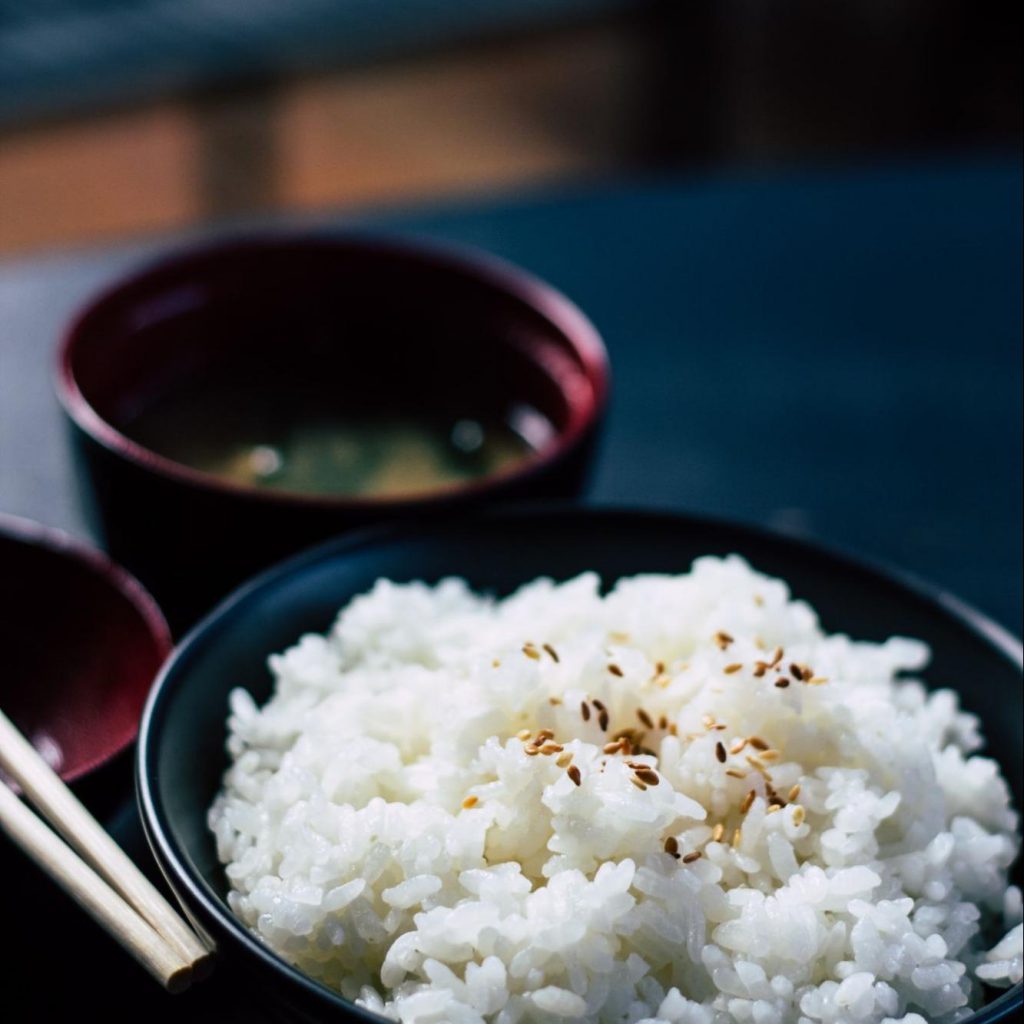
Going back to rice to water ratios, another thing you can do is to pour your rinsed rice into the pot and add water to cover the surface of the rice then up to your first knuckle. You’ll be surprised how well it works!
Remember that the rice to water ratio is not scalable. You could think of it as 1 to 1 and half a cup of water for evaporation. If your rice turns out hard or undercooked, you can always add some more water and continue cooking. But if you add too much water in the beginning, your rice will be mushy, and there’s nothing you can do to save it.
At that point, you can only consider turning it into another recipe like fried rice or fritters cakes, rice pudding, or put it away for your next soup project.
Over and Out!
Rice is cheap, healthy, and very easy to prepare when you know the tricks and practice a little. Hopefully, this article inspired you to experiment with different types of rice and cooking methods to step up your carbohydrate game.


